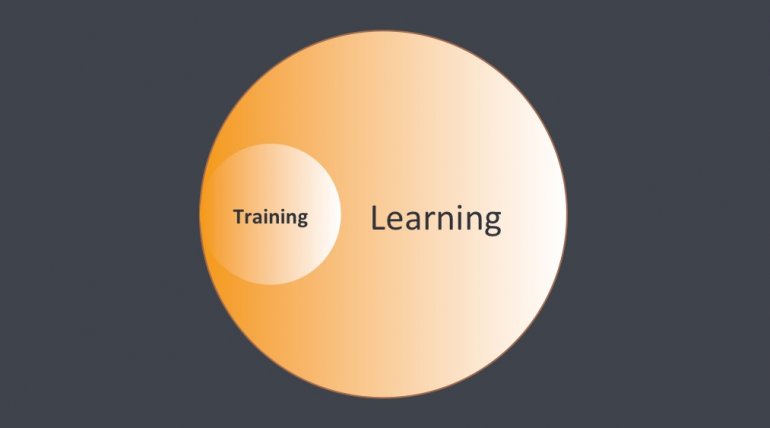
Training or Learning – More than Semantics?
SOURCE: James Birrell - People Who Know
PUBLISHED: 16/11/2018
Training can be mandatory, learning is always optional. That’s my answer when asked to explain the difference between training and learning. It’s a common question and one that all learning and development professionals should be able to answer. (Not that we all have to agree on the answer.) Some L&D professionals believe that learning is a long-term process related to development and change while training is developed for a specific task – learning about emotional intelligence as opposed to being taught how to operate a piece of machinery. It may be a matter of semantics, but words are powerful. The term learning gets more traction in leadership circles in organisations than training – so why do most of our colleagues still talk about training not learning? Training for most people in an organisation is something that is done to them whereas learning is something that they actively participate in – ‘they’ learn. That semantic ownership ensures that learners engage. By being ‘trained’ colleagues allow others to take control and ‘instruct’ them in what needs to be done, specifically and within a structure and format that they do not have ownership of nor influence over. There are many reasons why training fails to deliver learning, they include:
- There is no contextualisation
- The content doesn’t flow
- The training method doesn’t resonate
- The environment isn’t conducive
- There’s no real life application
- There’s a lack of follow-up
Learning is being conducted everyday through informal networks within organisations where colleagues exchange information. It is not necessarily classed as formal learning – as most of it isn’t – and it is distant from formal training. It is the responsibility of the L&D professional to recognise the value in these informal learning networks – where no formal learning objectives have been set – and leverage it for the organisation. Learning networks happen everywhere at work where colleagues interact, they are also formed digitally through the utilisation of non workplace reference sources, search engines and communities. “Just Google it” is an invitation to learn in an unformatted, non-formalised self-directed manner embraced not only by by Millennials but by all colleagues. No-one is afraid of the web anymore. (Who among us hasn’t looked on Youtube to learn how to do something?) There is of course still a requirement for specific formal training, but is has to be part of a greater mix of opportunistic learning options that are flexible and agile to suit individual learners. If your organisation introduces a new project management system you will still need to train people to be able to use it (via instruction, retention and repetition), but beyond that you will need to allow opportunities for them to continue to learn how to get the most out of the new system as they become familiar with it – how to apply critical thinking and creative applications to various situations – beyond the narrow operating requirements that training will deliver.
The goal of your organisation, regardless of what type of organisation you work within, is to achieve results. Whatever those results might be – profit, attendance, membership, votes, lives saved, goals scored – there is a need for all members of the organisation to be able to deliver their part in achieving those goals and it falls to L&D to ensure that they are equipped with the knowledge and skills to do so. It is therefore incumbent upon us as learning professionals to drive the culture of learning within our organisations beyond designing and delivering training. It is understood and widely accepted that for organisations to grow they must become agile in how they operate and relentless in how they innovate. This is also true for L&D.
An agile L&D department is commercially savvy and strategic in thought. It is operationally focused and responsive in delivery. It promotes and accommodates ongoing and continuous learning. It also does a bit of training here and there. An agile L&D department is always asking itself:
- Why do we work in this way? (Challenge everything.)
- What can we do to improve? (Exclude nothing.)
- How can we drive the learning agenda? (Ask everyone.)
Challenge everything. It’s simple and scary and the single most important thing you can do to understand your current situation. Exclude nothing. Everything is up for grabs: ways of working, systems, processes, environments, technologies, timings, formats, audiences, objectives and rationales. Ask everyone. The knowledge needed to improve your learning culture, offer and outcomes is there, you just have to ask the right person.
It’s okay to train. But be aware that it won’t always result in learning. That’s out of your hands, but you can give it a nudge by making your training:
- Relevant to the individual
- Specific to their role
- Focused on a goal
- Contextualised to assure impact
If you want to super-size the learning opportunity make your training agile and responsive to the needs of those being trained:
- Self-paced and self-managed with optional guidance opportunities
- Bite-sized, micro-sized and immersive content
- Easily-accessible across multiple platforms and environments
- Informal and/or formal instructional delivery as requested
- Allow for self forming learning networks to support one another
- Reward learning with recognition and opportunity
Finally, if the goal is to deliver learning, L&D professionals must stop accepting every request for training as an edict. (Challenge everything.) Learning solutions are varied and should be responsive to an identified business need as opposed to being a knee-jerk training product developed because a stressed-out manager thought it was a panacea to poor performance (Which it never is). Training can be mandatory, but it should be focused on addressing an identified problem where the solution adds organisational value in a specific and measurable way that is easily applied by the learner, maybe then learning would be an option that more people would choose.




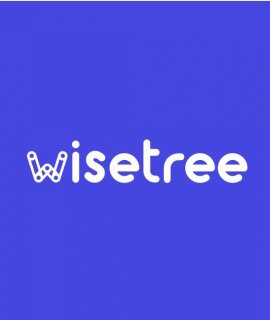


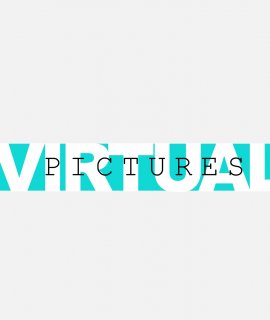

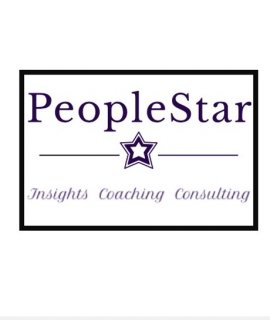

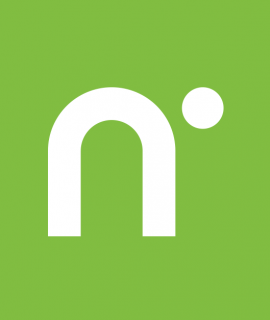
_270x320.png)
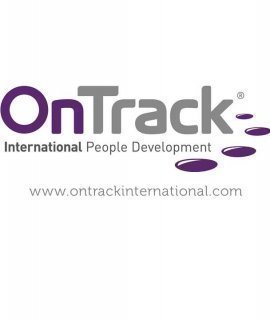
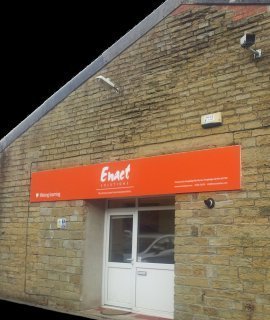
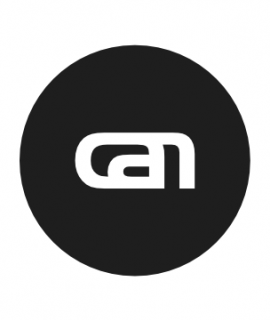
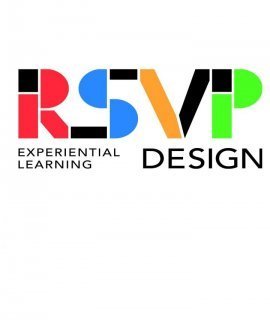

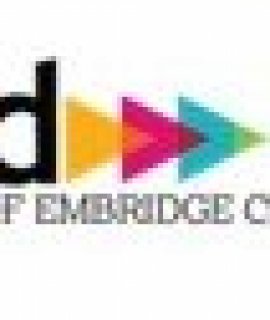

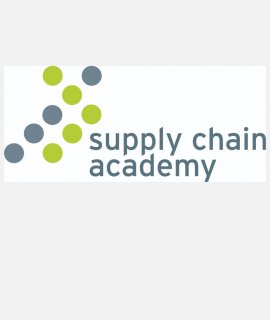

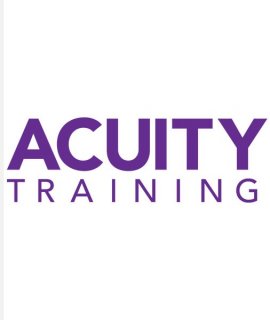

James - I agree, it’s not just semantics - L&D’s identity is a central enabler to defining success.
Konnekted Learning 2nd Dec 2018